Airlines in the U.S. have silently changed how they price tickets, leaving solo travelers at a clear disadvantage. Many carriers now lock their lowest fares behind a wall that only opens for bookings involving two or more passengers. As a result, solo travelers often pay dramatically more for the exact same flight.
This pricing shift affects both business and leisure solo flyers. Airlines have started rewarding group bookings while charging individuals a premium. On many domestic routes, solo travelers see price differences of up to 70%. These fares aren’t visible unless someone books for two or more. So, individuals searching alone may miss the cheapest tickets entirely.
Airlines used to assign lower fares based on availability, regardless of how many tickets were purchased. That model has flipped. Now, carriers tie budget-friendly prices to group travel. This change doesn’t just alter pricing — it changes how travelers must plan. Anyone flying alone, especially last minute, faces fewer options and higher costs.
Business travelers suffer the most. They often travel alone, book near the departure date, and have less flexibility. Airlines know this and adjust fares accordingly. As these solo flyers rarely compare group pricing, they end up paying more without knowing it.
Even casual solo flyers now face barriers. Whether heading to see family or planning a weekend trip, they often find prices that feel unfair. They may not realize cheaper fares exist — just not for one person.
This strategy helps airlines increase revenue and control seat inventory. But it also creates confusion and frustration. The lack of transparency leaves travelers wondering why solo tickets suddenly cost more.
The only real defense is awareness. Travelers should always compare fares for multiple passengers, even when flying alone. This helps expose hidden pricing tiers and can lead to big savings.
Related stories:
Catch up on the top stories and travel deals by subscribing to our newsletter!

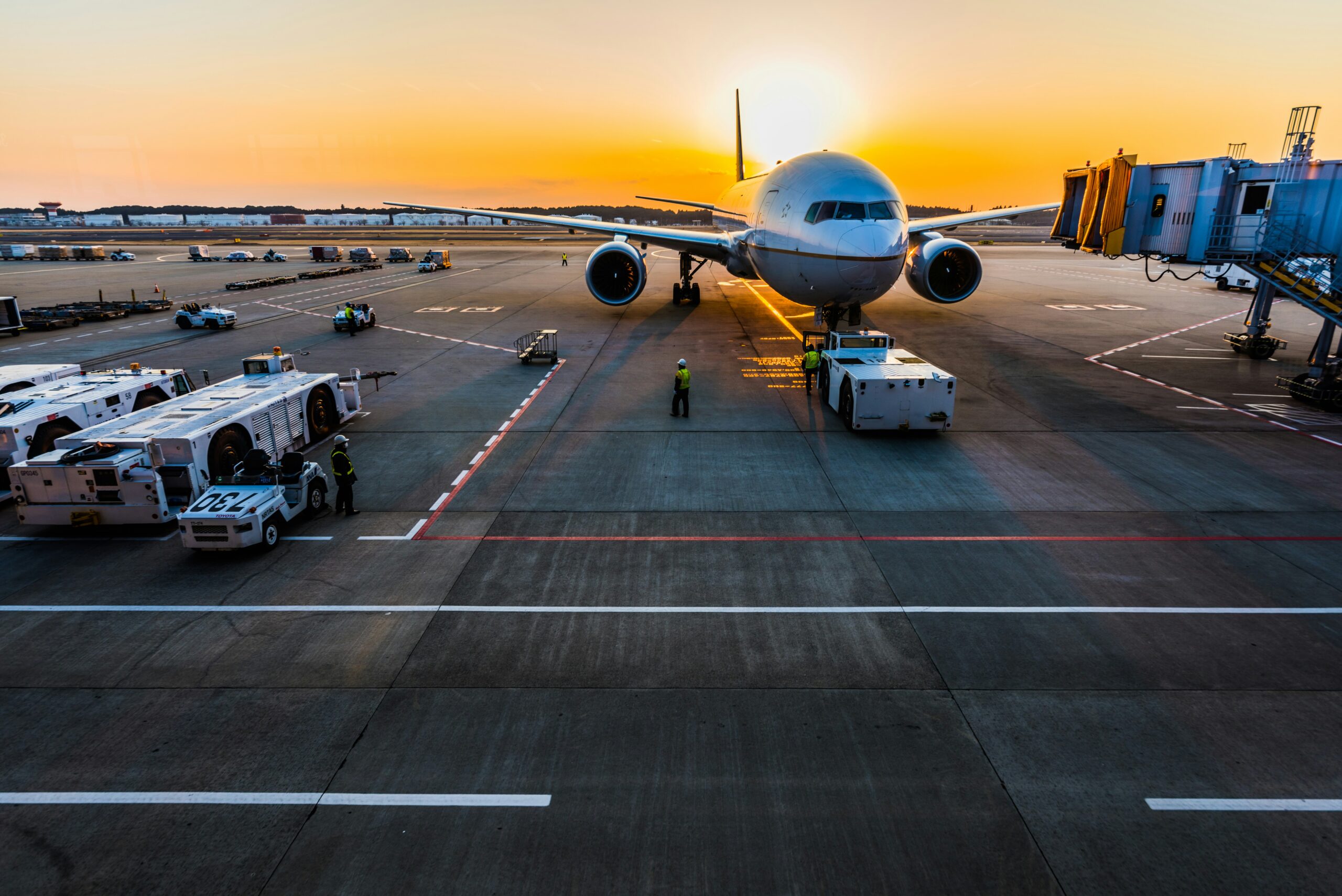

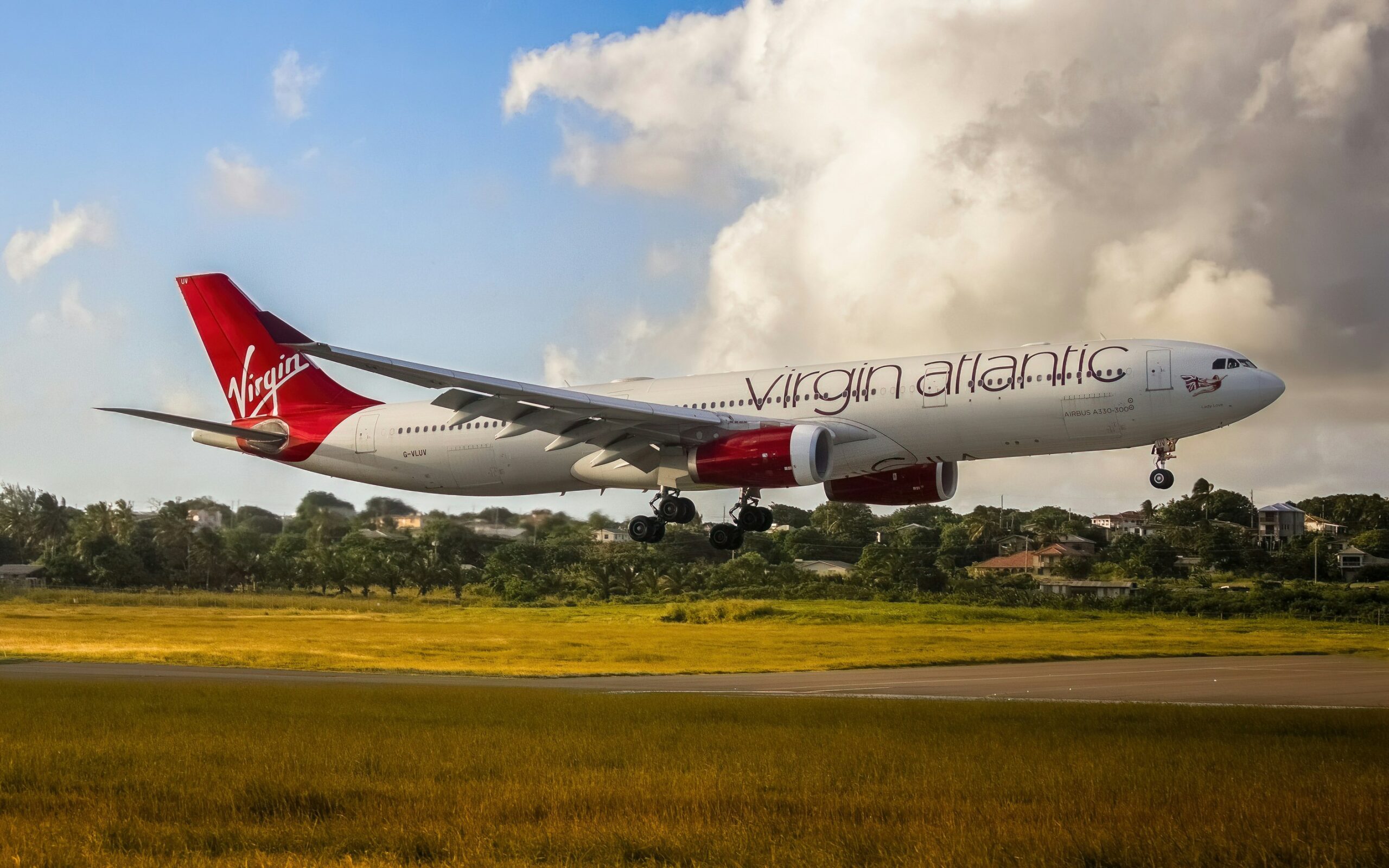
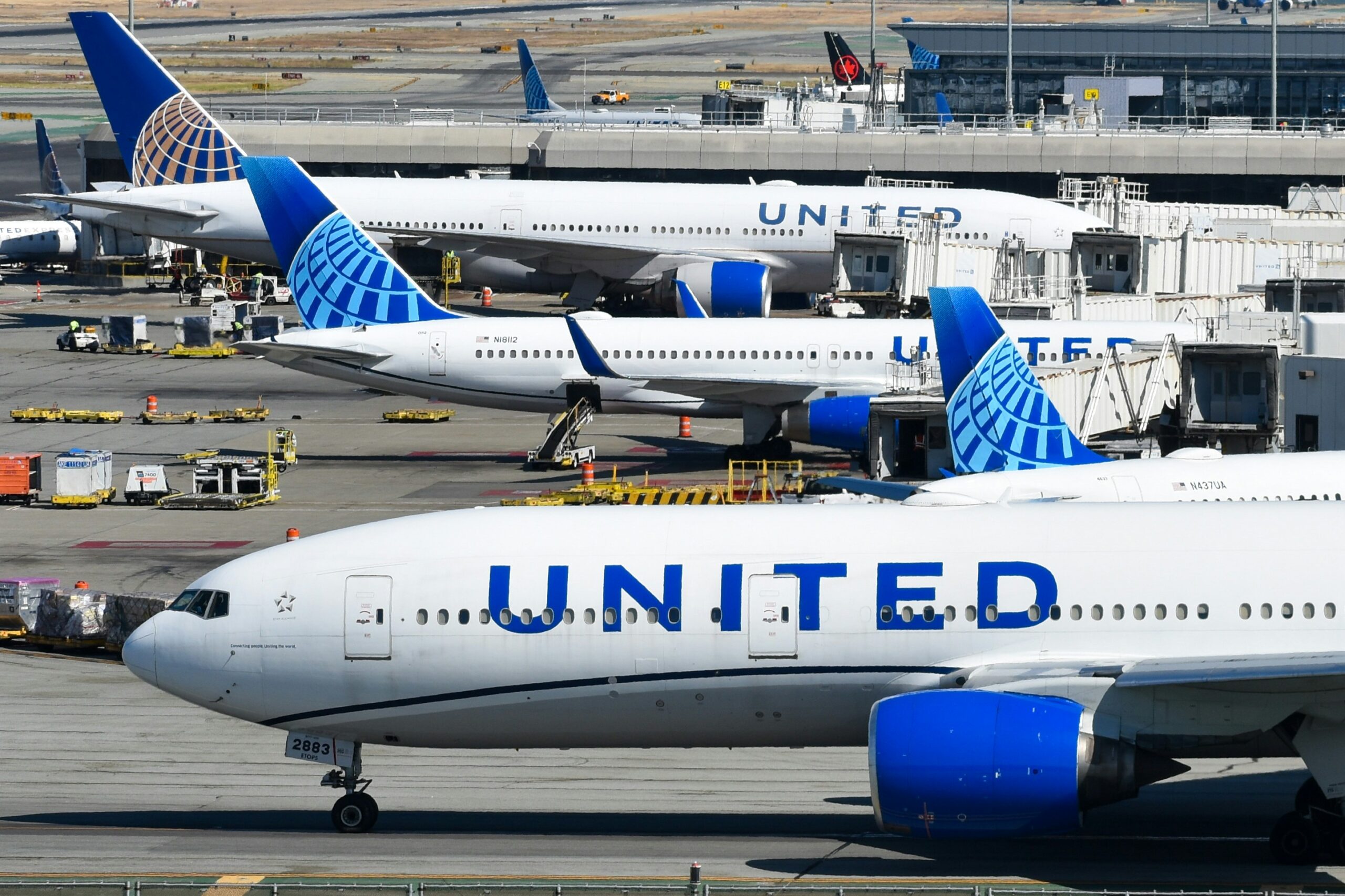
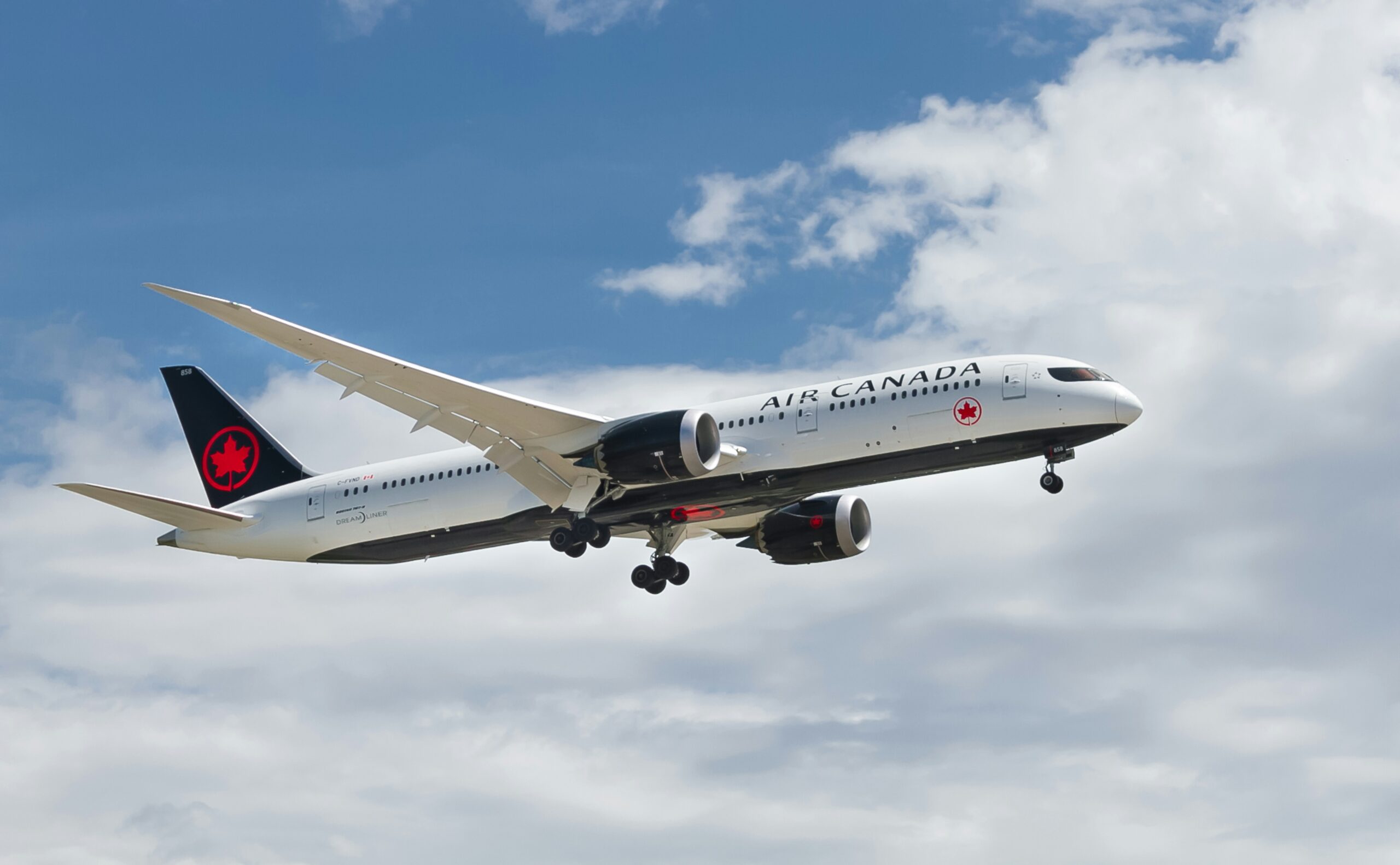
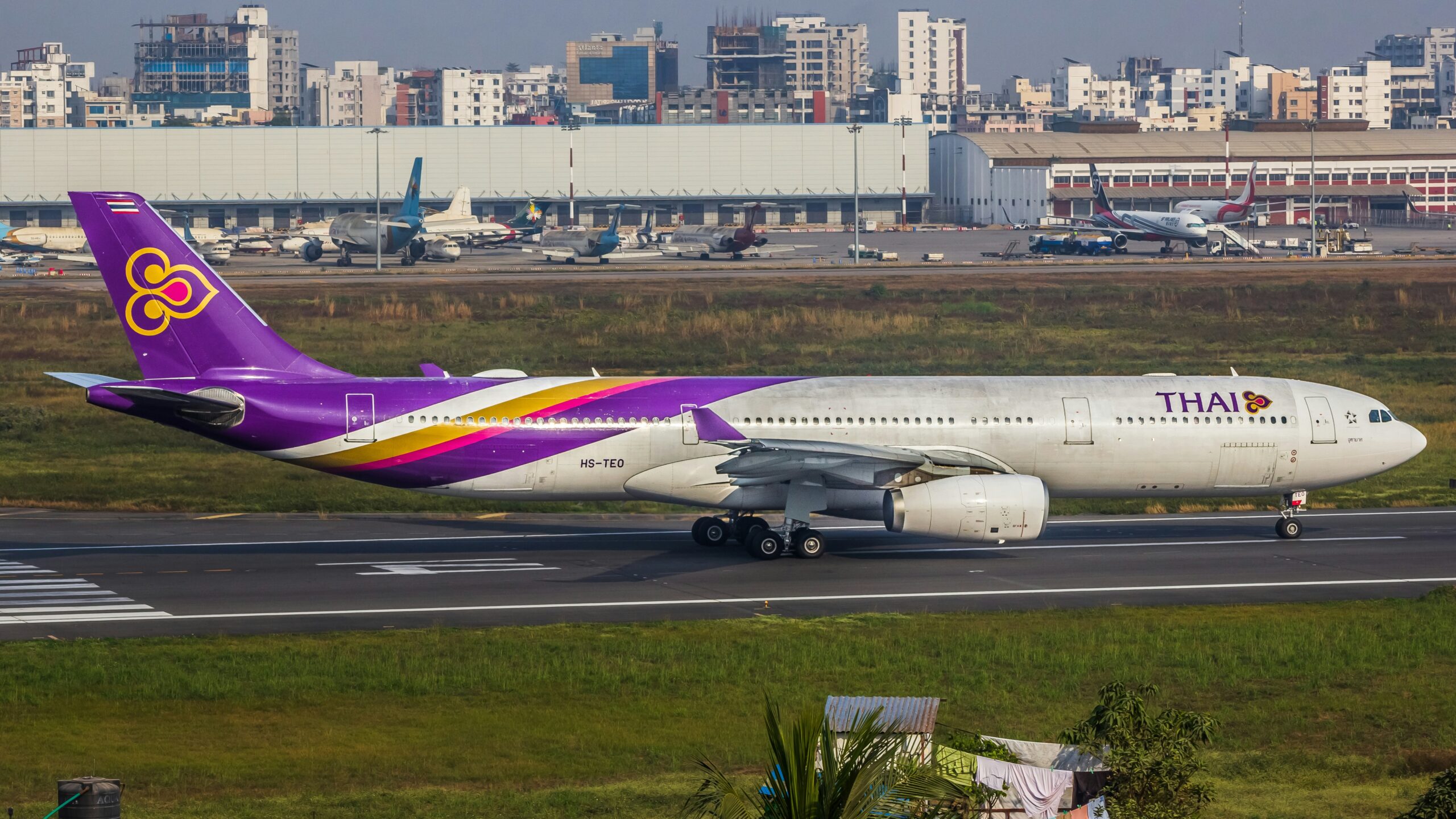
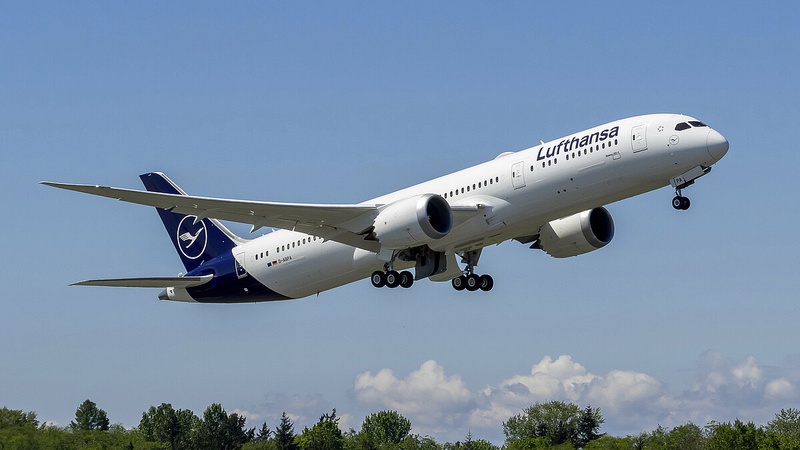

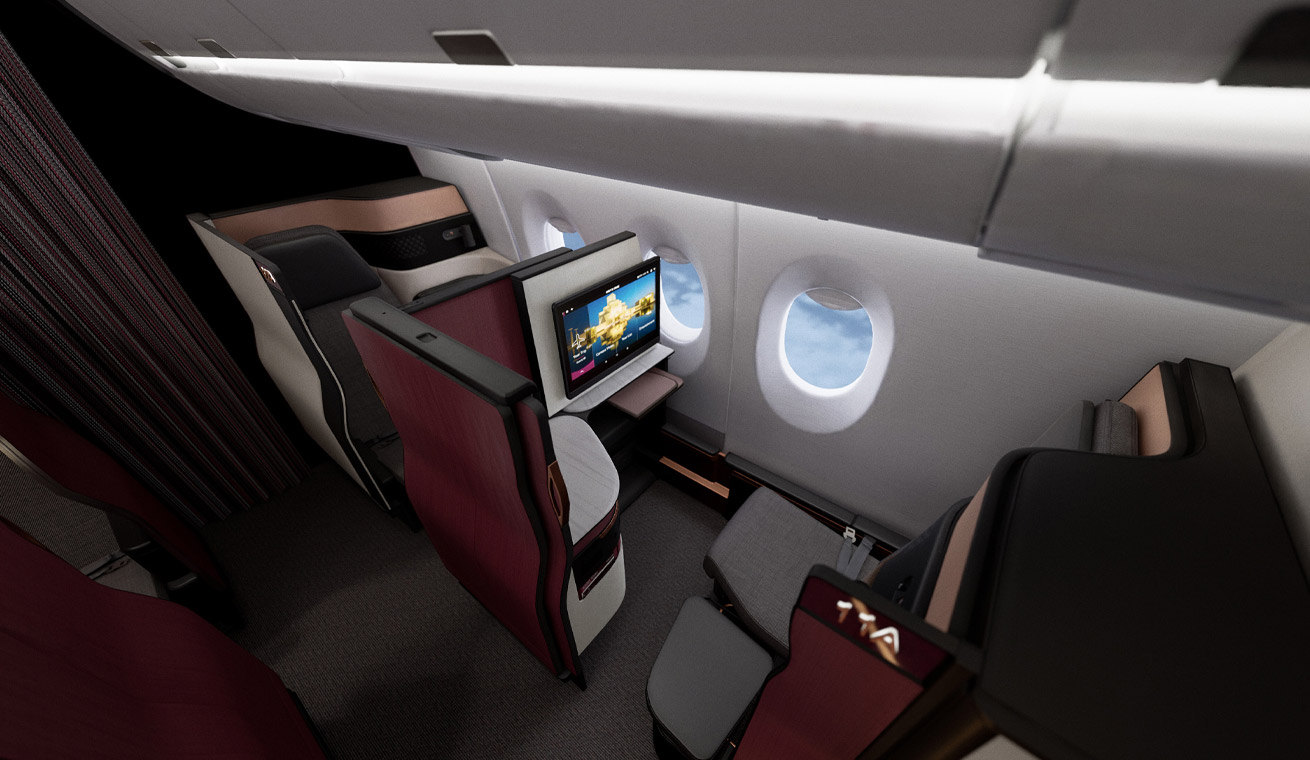

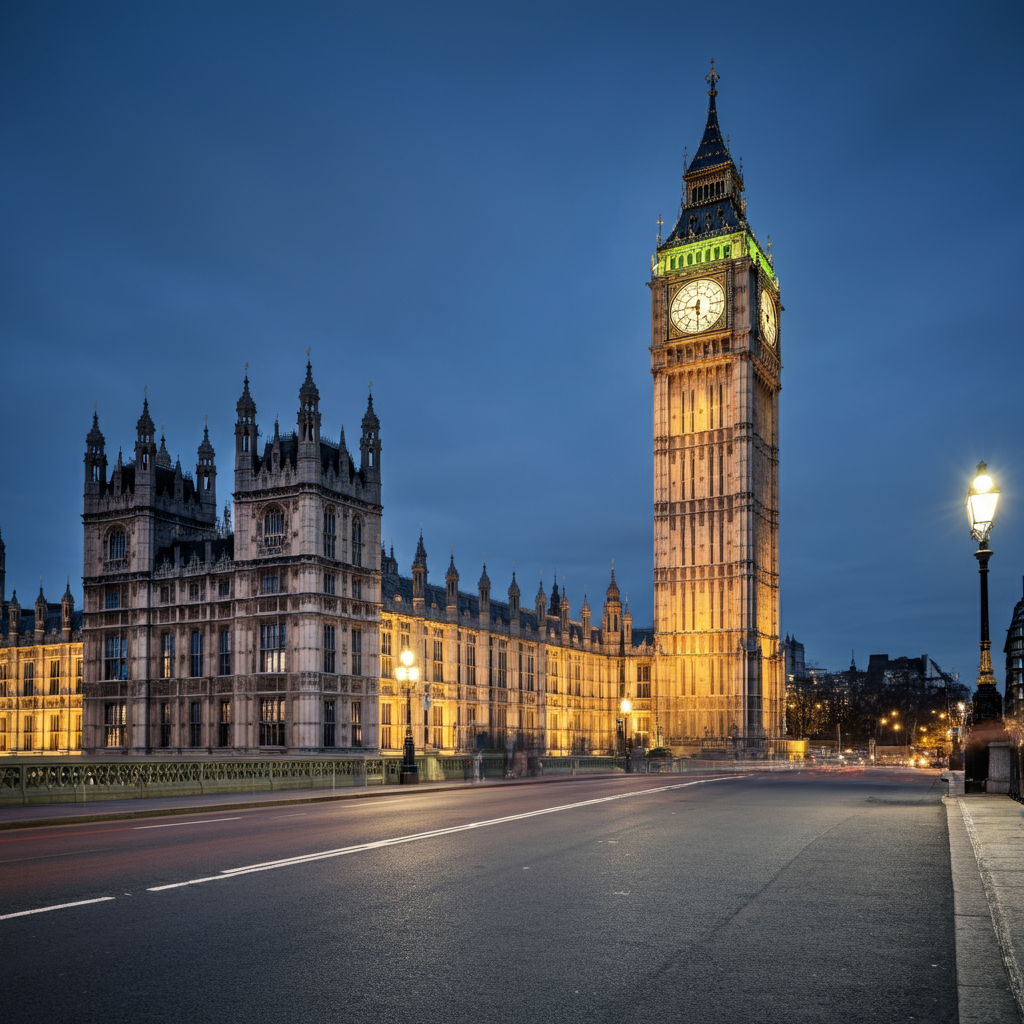
Leave a Reply